REAL LICHTENSTEIN (1923-1997)


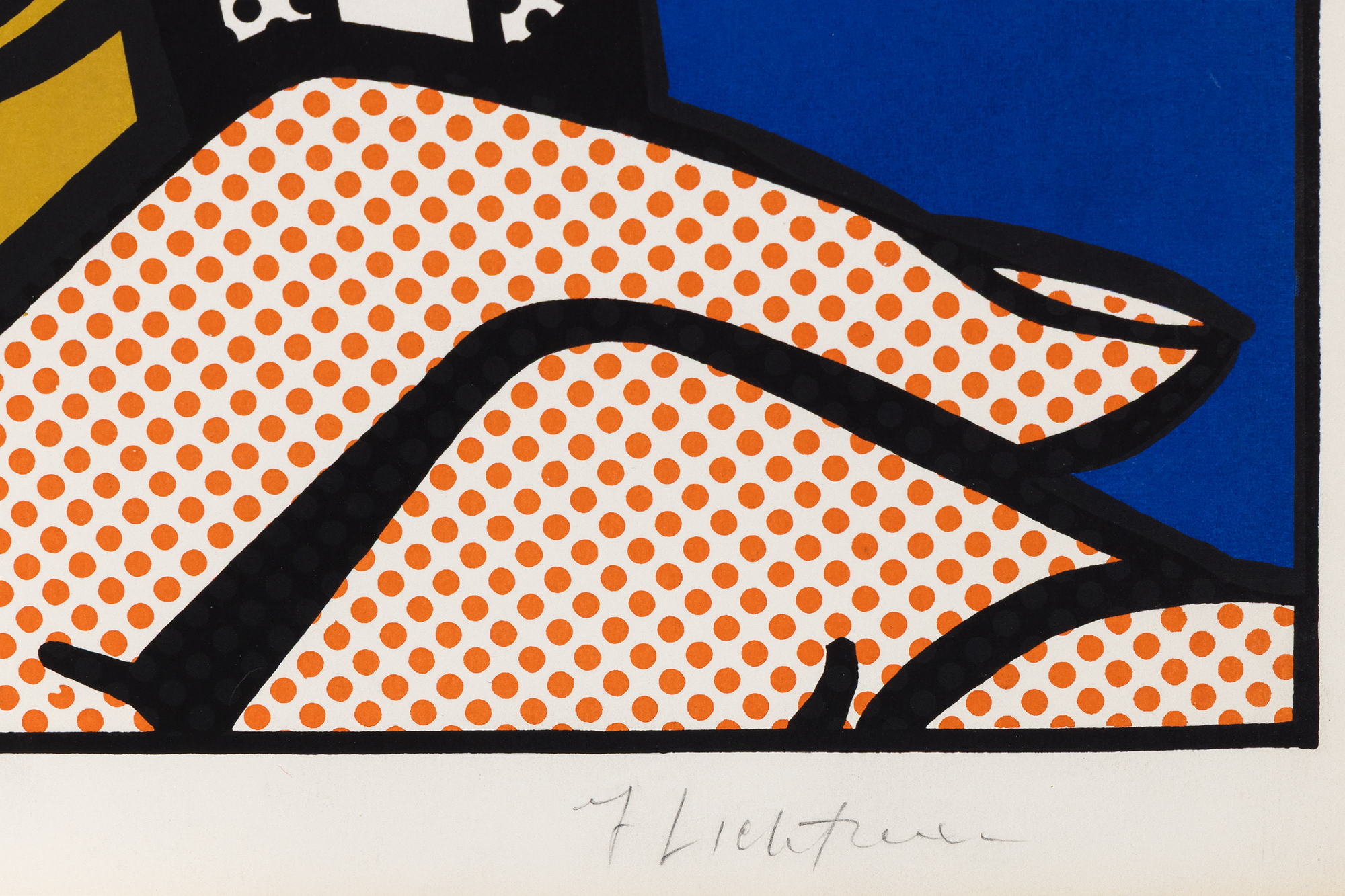

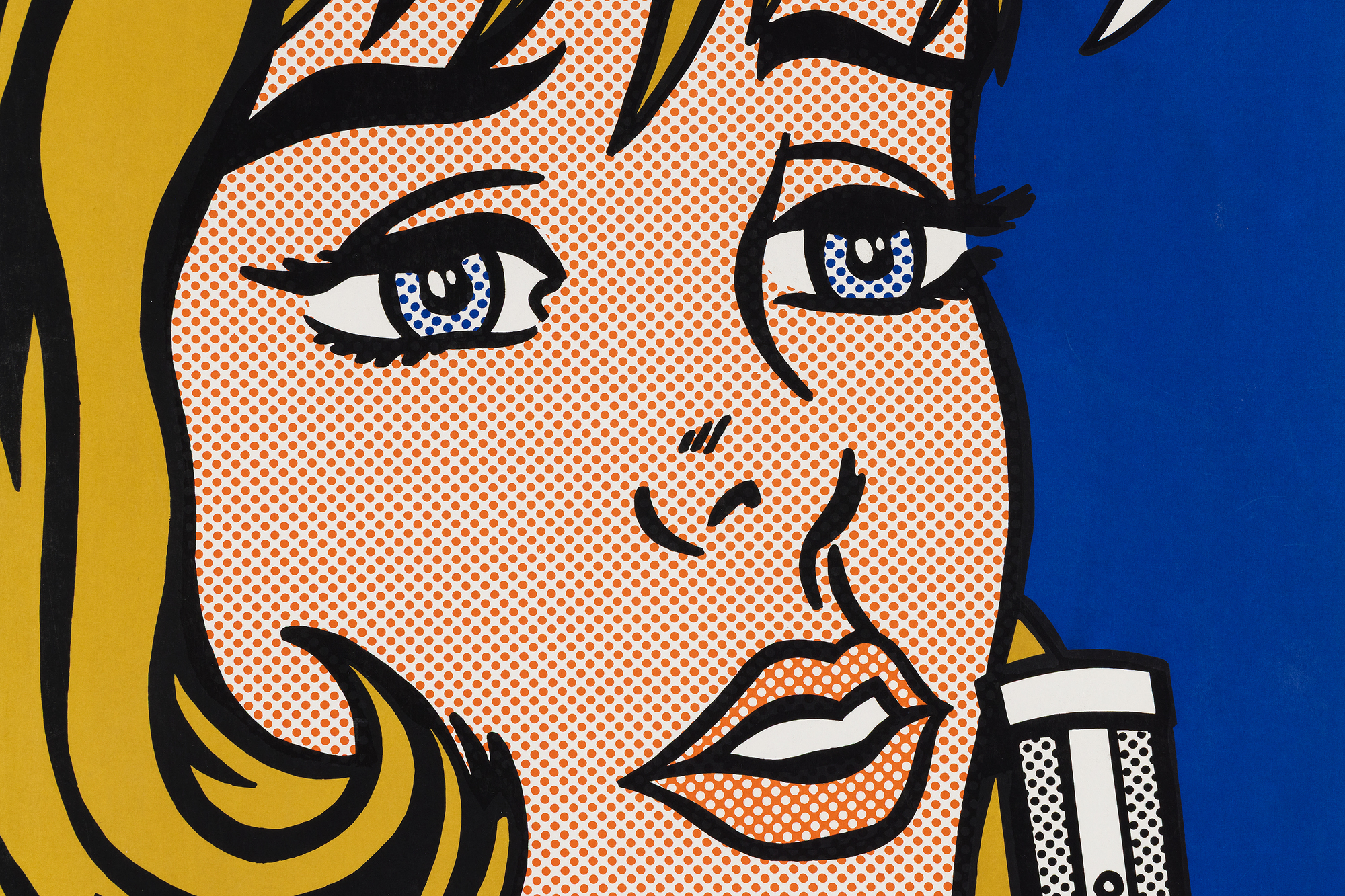
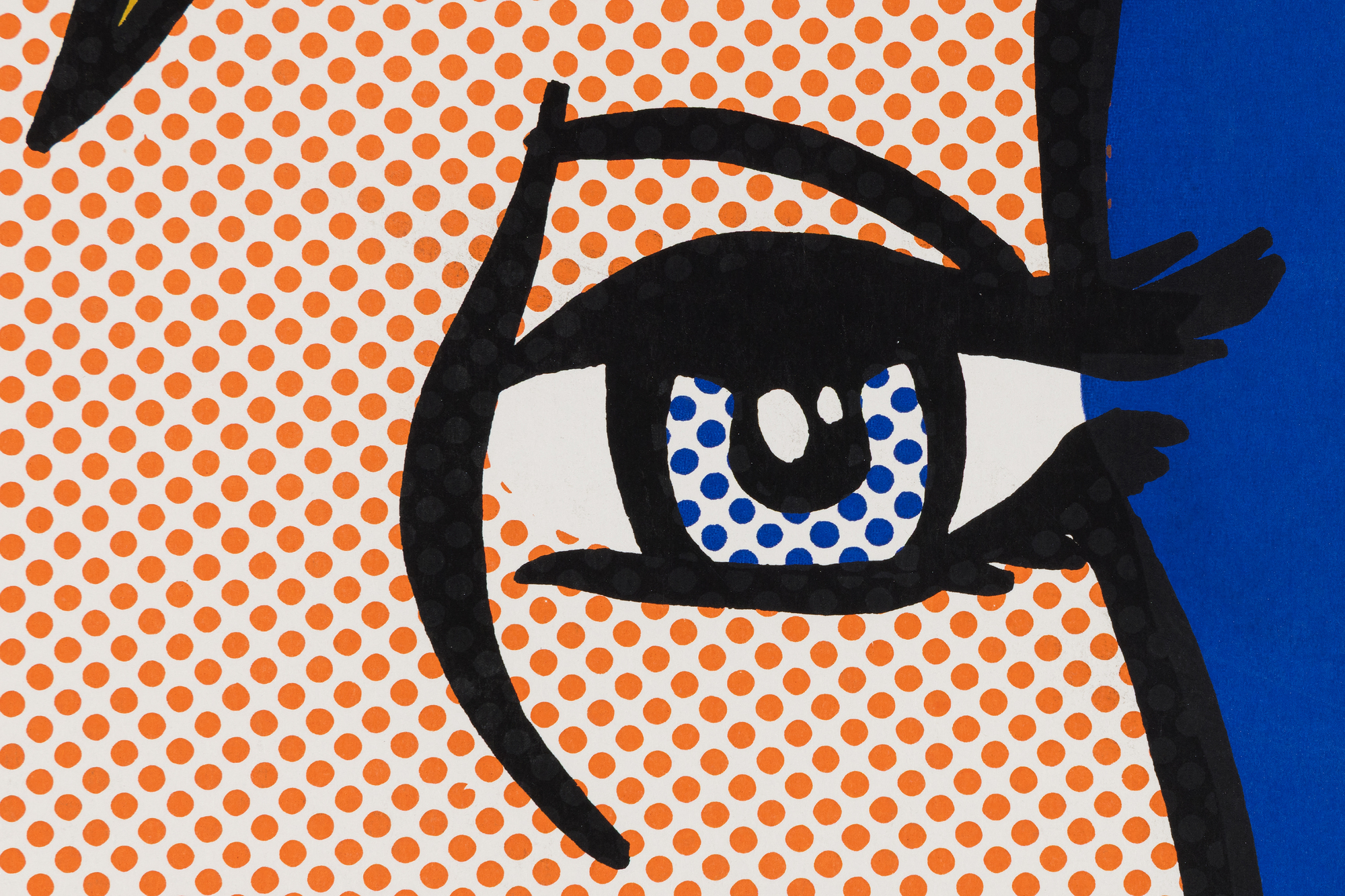
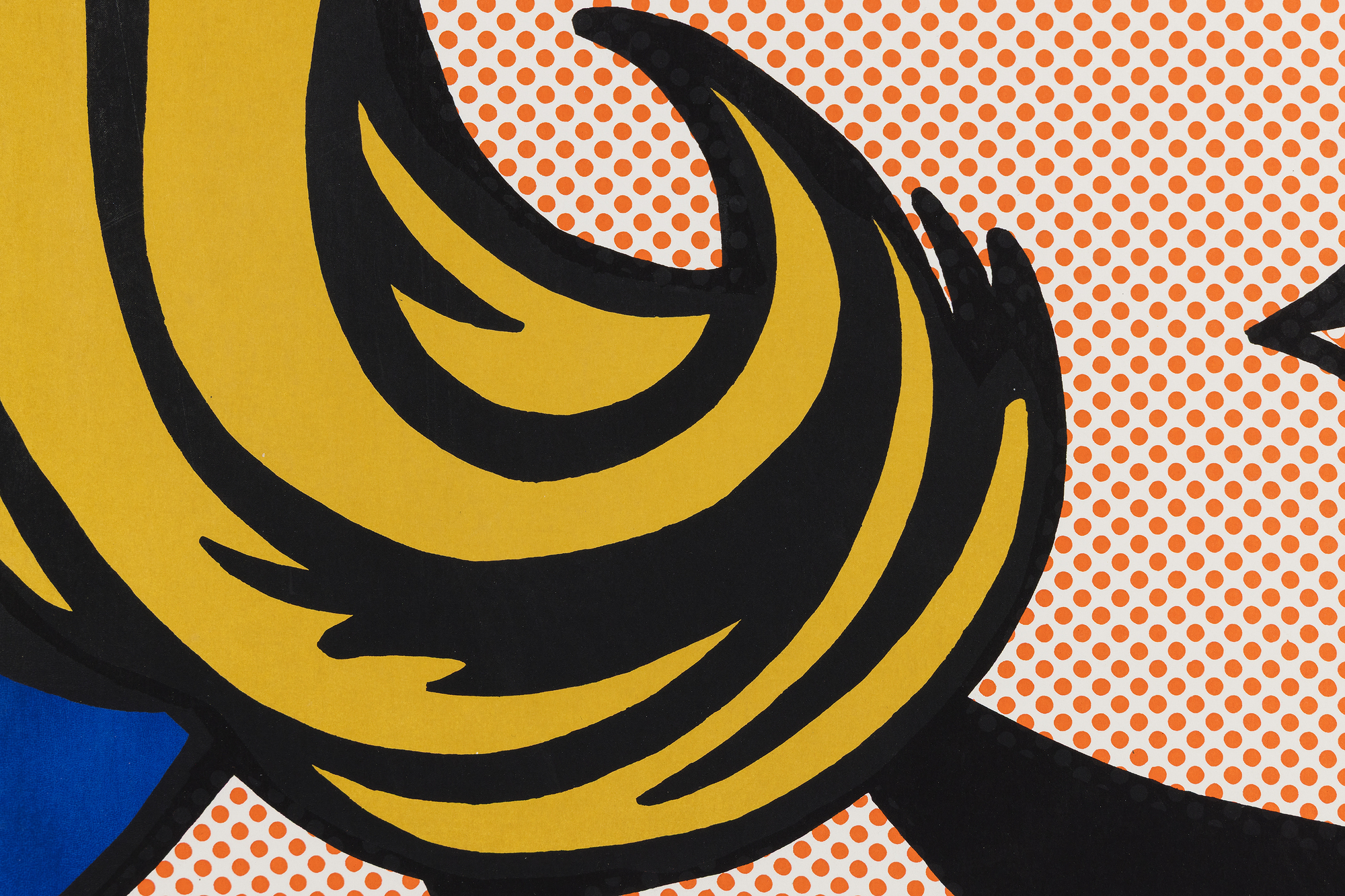

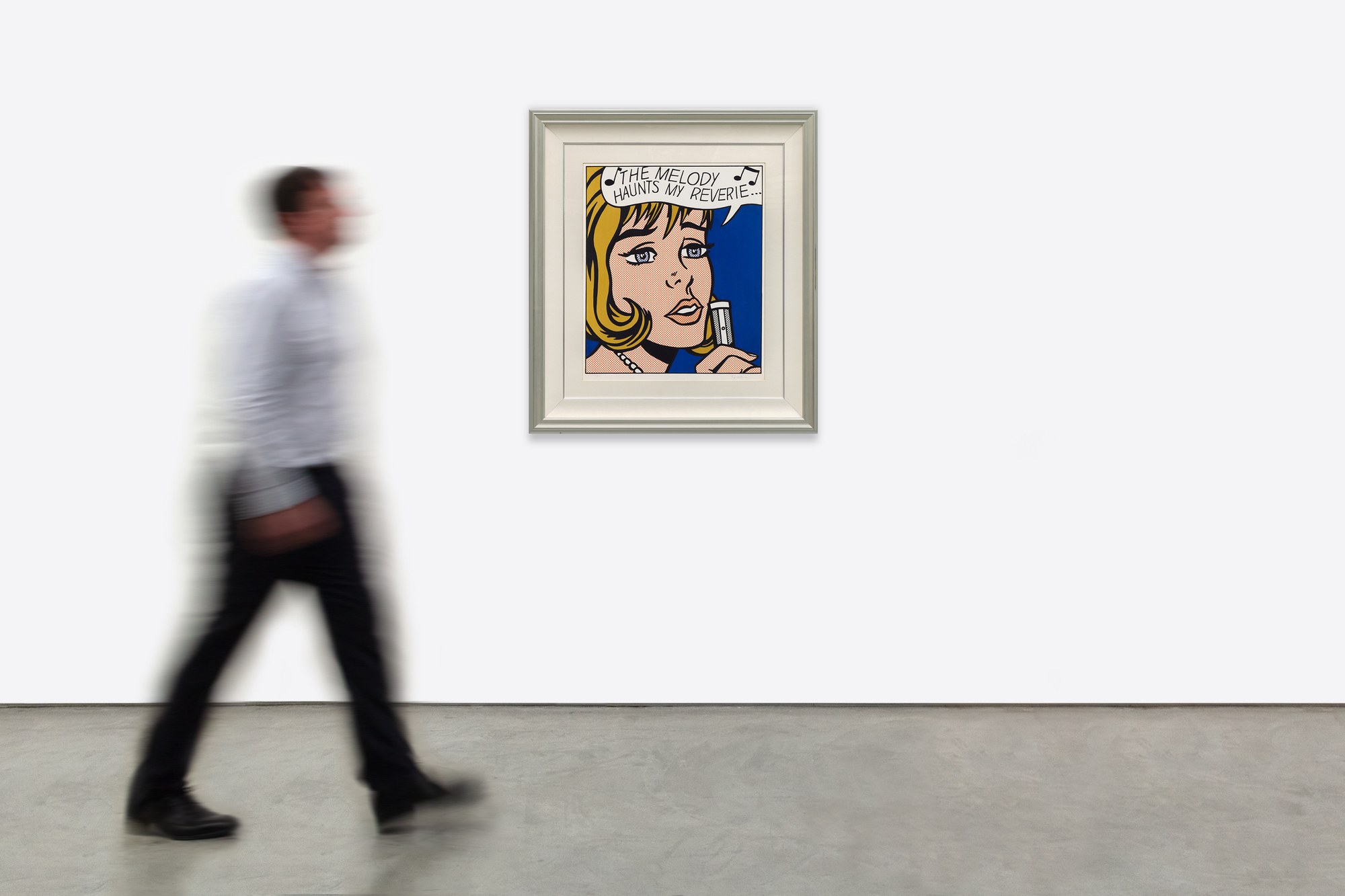
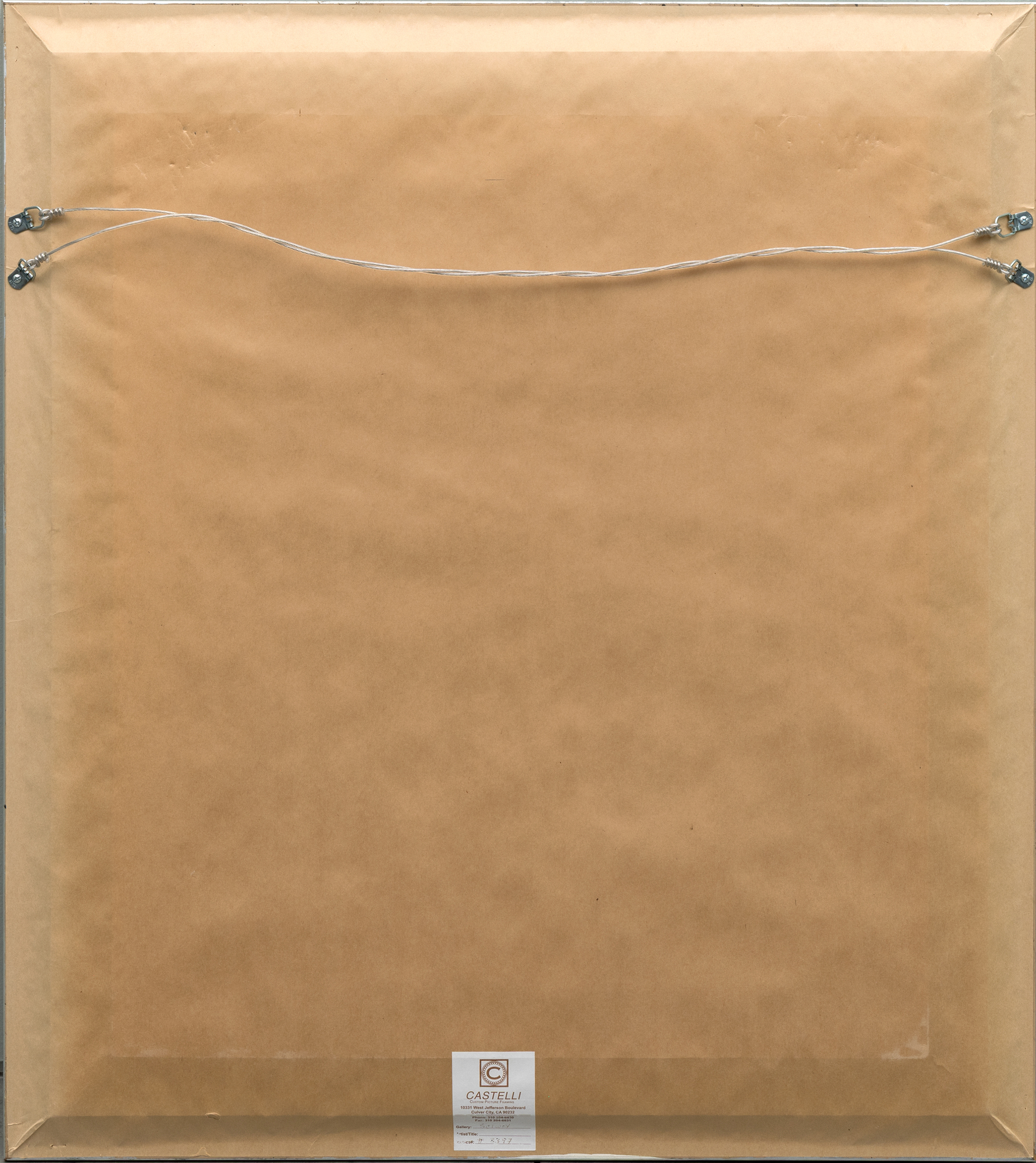
Procedencia
Hamilton SelwayColección privada
Literatura
Paul Bianchini, ed. Roy Lichtenstein: Drawings and Prints, Lausana, 1970, nº 10, p. 220 (ilustrado en b/n)Mary Lee Corlett, Los grabados de Roy Lichtenstein: A Catalogue Raisonné, 1948-1993, 2ª ed., Nueva York y Washington, D.C., 2002, no. 38
Andrea Theil y Fundación Roy Lichtenstein, Roy Lichtenstein: A Catalogue Raisonné, Nueva York, lichtensteincatalogue.org, nº 1132
195,000
Reverie representa a una heroína pensativa y estilizada, representada con los característicos puntos Ben-Day de Lichtenstein, contornos atrevidos y colores primarios, que capturan tanto el melodrama como la contención de la narrativa del cómic. El título recuerda la nostálgica canción Stardust, de Hoagie Carmichael, de 1927, en concreto el verso "The melody haunts my reverie", que subraya la nostalgia que transmite la mirada lejana de la modelo. El propio Lichtenstein consideraba que sus contribuciones a 11 Pop Artists eran sus primeros grabados de bellas artes, la culminación de años de dominio de múltiples técnicas de grabado, desde el aguafuerte a la serigrafía.
Las impresiones de esta edición se conservan actualmente en importantes colecciones públicas, como el Instituto de Arte de Chicago, la Galería Nacional de Arte, el Museo de Arte Moderno y el Museo Smithsonian de Arte Americano, lo que confirma su importancia histórica y artística.


